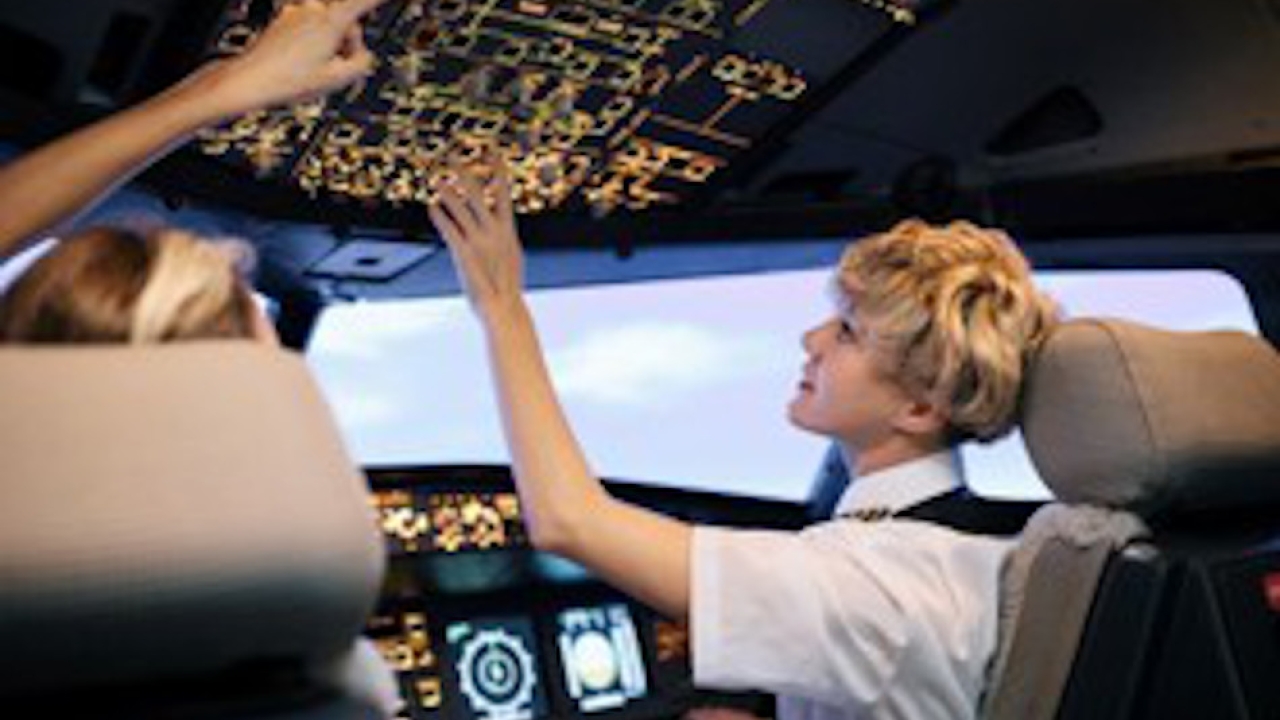EASA partners with IATA to counter GNSS spoofing & jamming threat
EASA and IATA have announced the conclusions of a workshop jointly hosted at EASA’s headquarters to combat incidents of GNSS spoofing and jamming.

Image: IATA
The workshop’s high-level conclusion was that interference with satellite-based services that provide information on the precise position of an aircraft can pose significant challenges to aviation safety. Mitigating these risks requires short-, medium- and long-term measures, beginning with the sharing of incident information and remedies.
“GNSS systems offer tremendous advantages to aviation in increasing the safety of operations in a busy shared airspace,” said EASA Acting Executive Director Luc Tytgat. “But we have seen a sharp rise in attacks on these systems, which poses a safety risk. EASA is tackling the risk specific to these new technologies. We immediately need to ensure that pilots and crews can identify the risks and know how to react and land safely. In the medium term, we will need to adapt the certification requirements of the navigation and landing systems. For the longer term, we need to ensure we are involved in the design of future satellite navigation systems. Countering this risk is a priority for the Agency.”
“Airlines are seeing a significant rise in incidents of GNSS interference. To counter this, we need coordinated collection and sharing of GNSS safety data; universal procedural GNSS incident guidance from aircraft manufacturers; a commitment from states to retain traditional navigation systems as backup in cases where GNSS are spoofed or jammed. In actioning these items, the support and resources of EASA and other governmental authorities are essential. And airlines will be critical partners. And whatever actions are taken, they must be the focal point of the solution as they are the front line facing the risk,” said Willie Walsh, IATA’s director general.
Background on ‘spoofing’ and ‘jamming’
In very recent years, Global Navigation Satellite System (GNSS) jamming and spoofing incidents have increasingly threatened the integrity of Positioning, Navigation, and Timing (PNT) services across Eastern Europe and the Middle East. Similar incidents have been reported in other locations globally. GNSS is a service based on satellite constellations such as the US Global Positioning System (GPS) and EU’s Galileo. ‘Jamming’ blocks a signal, whereas ‘spoofing’ sends false information to the receiver on board the aircraft.
These disruptions pose significant challenges to the broader spectrum of industries which rely on precise geolocation services, including aviation. Such attacks belong to the domain of Cybersecurity, safety threat for which EASA has developed a toolkit. The National Aviation Authorities (NAAs) in Europe had explicitly tasked EASA with taking measures to counter this risk.
Stay up to date
Subscribe to the free Times Aerospace newsletter and receive the latest content every week. We'll never share your email address.

